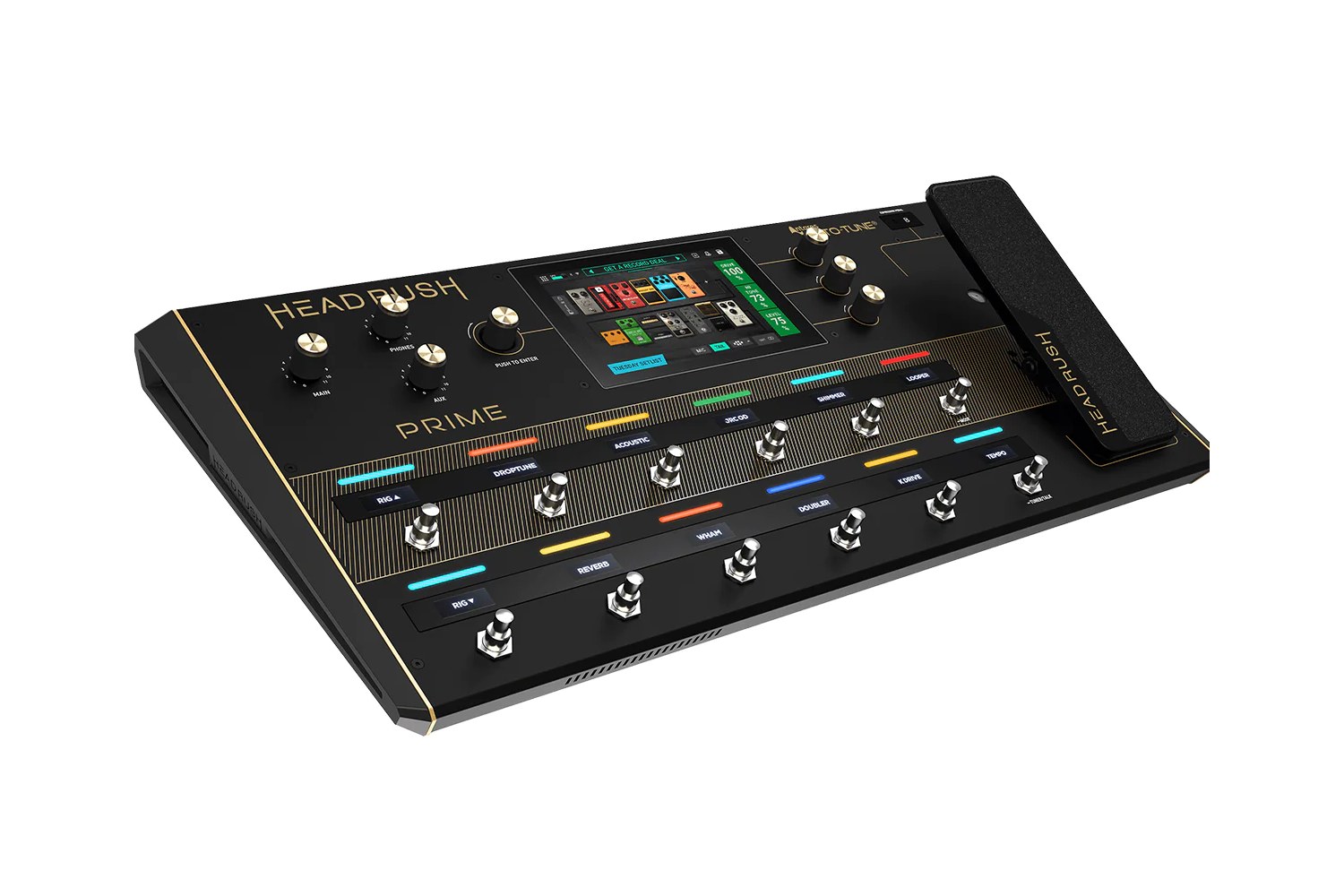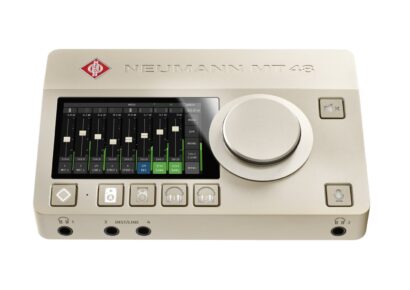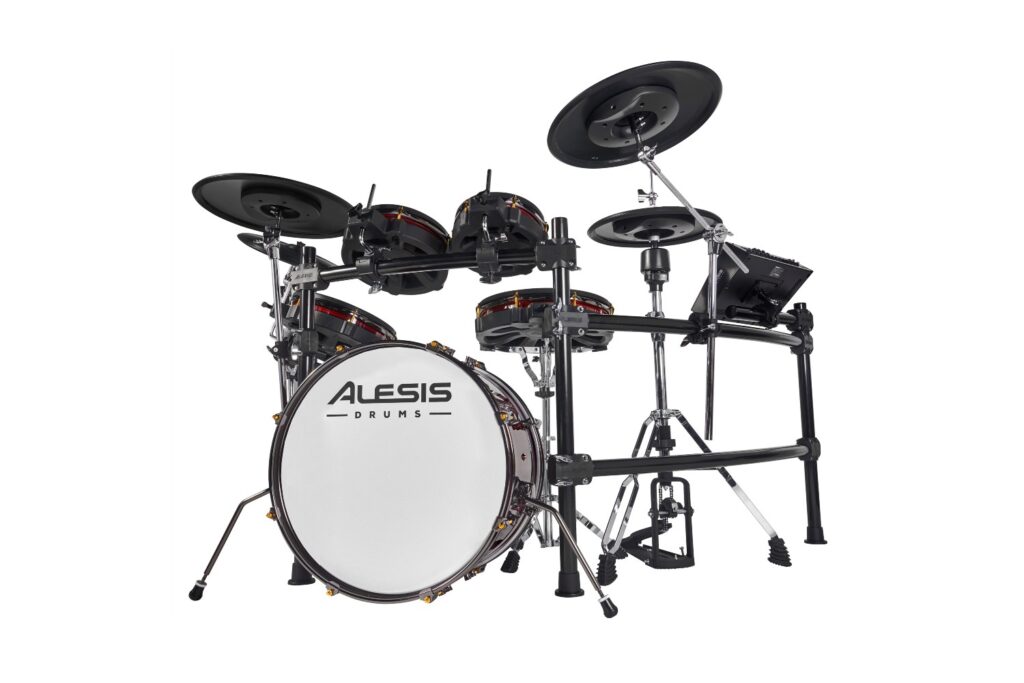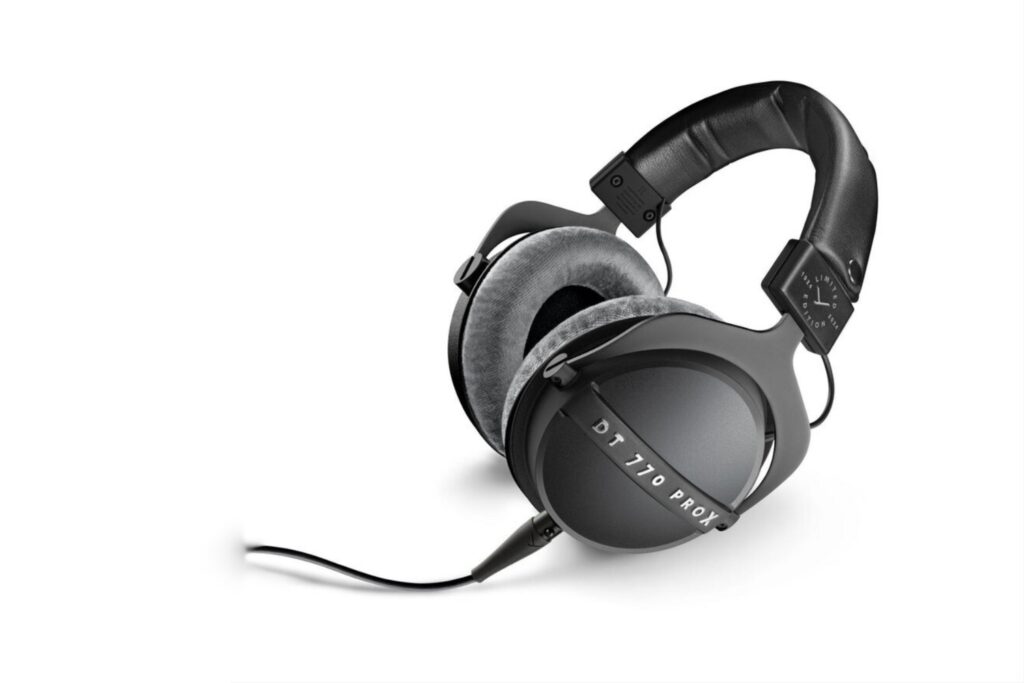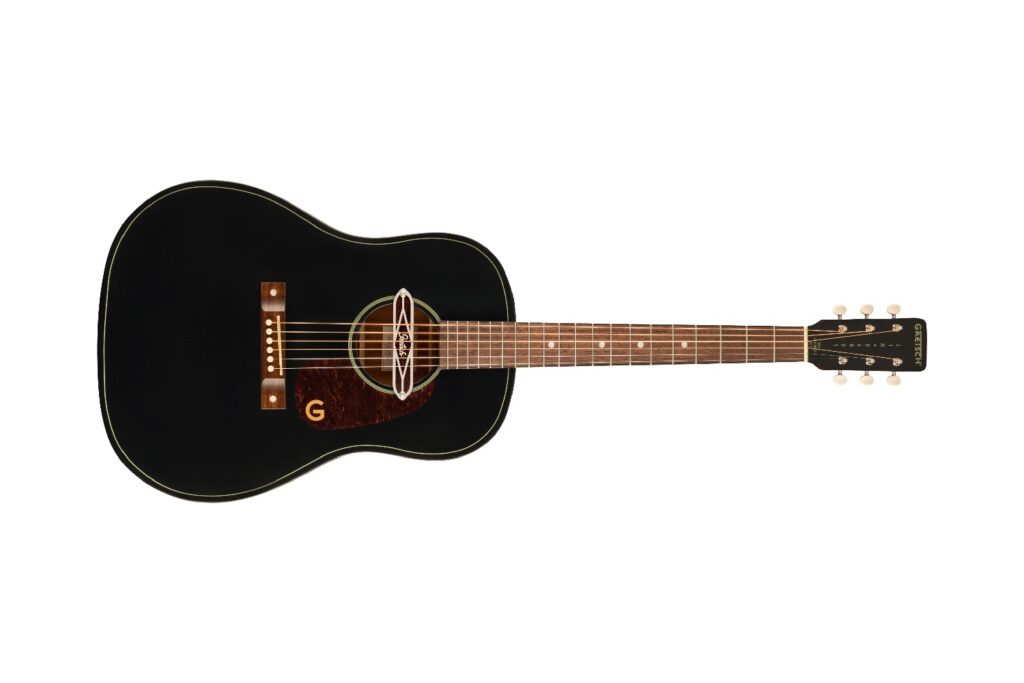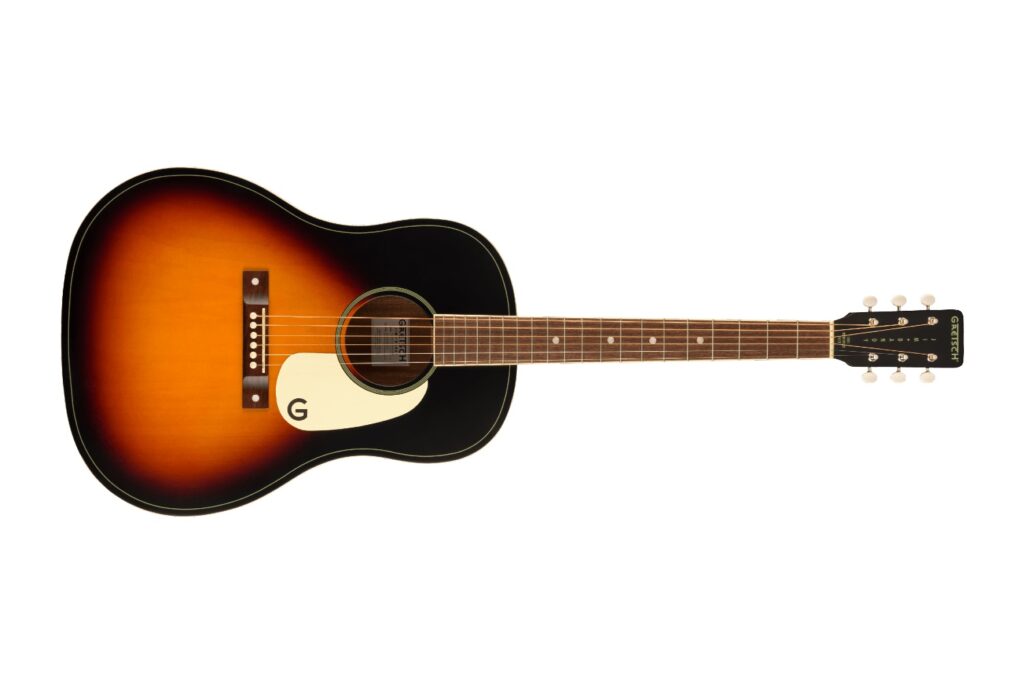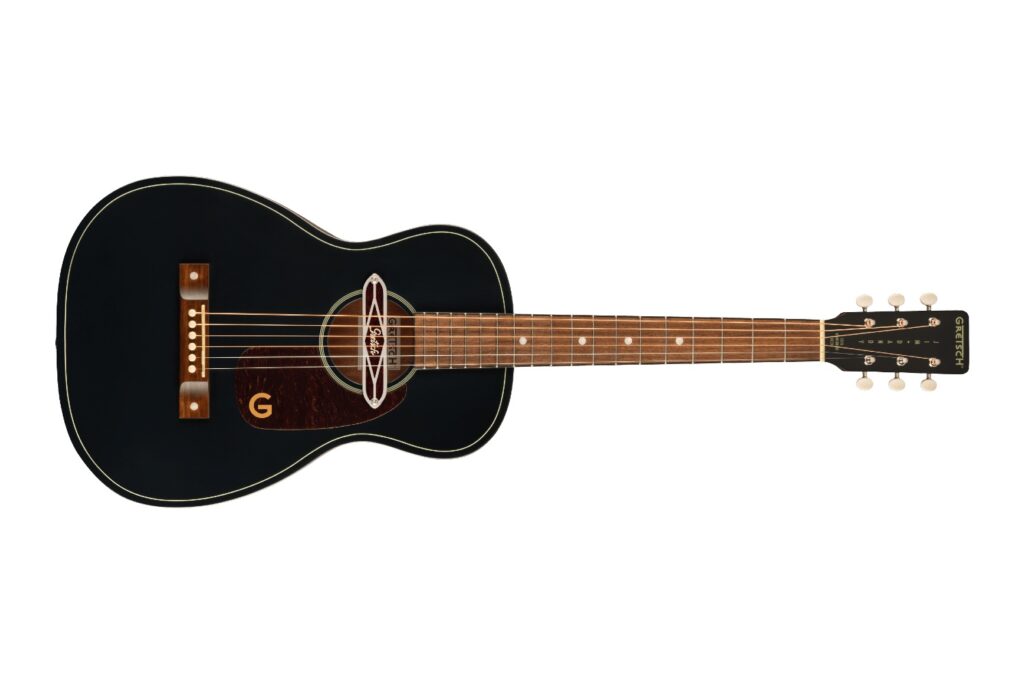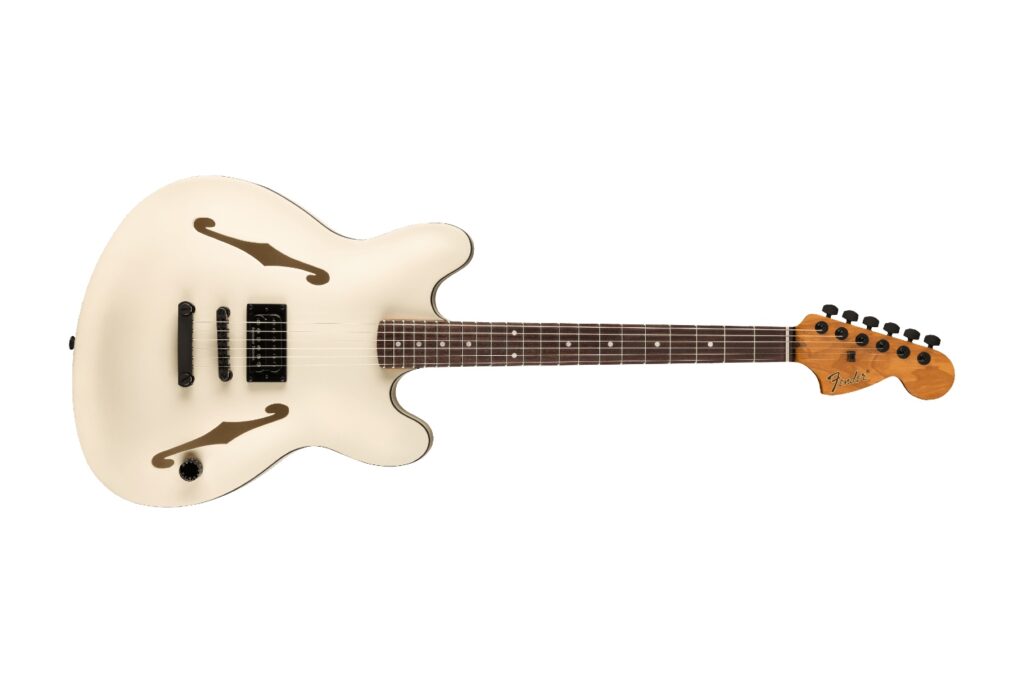HeadRush Prime FX Pedalboard | Electric Factory | RRP: $2399.00
If you’ve not heard of HeadRush FX pedal boards, then you haven’t been into a guitar store or had internet access for the past five or six years. The first model released by Headrush FX, their Pedalboard, certainly caused quite a stir amongst guitarists the world over, as did the subsequent releases of further models like the Looperboard, Gigboard and the more recent, more compact MX5.
Read more gear reviews here.
Now, the HeadRush FX Prime board is set to ‘wow’ everyone once again and set new standards for effects usability, the likes of which were inconceivable only ten years back. It’s got Auto-Tune to boot, so you can incorporate vocals and never be out of key.
Let’s start with first impressions. Right out of the box, the Prime has a look and feel that is very similar to the original HeadRush Pedalboard. There are four control knobs to the left of the screen, three parameter knobs to the right, two rows of six buttons beneath and an expression pedal to the far right.
If you’ve not used a HeadRush board before, you are going to be amazed with the design and concept. It is fully customizable so all the buttons and parameters can be set to how you want to operate with every patch. This means you can spend days just tweaking sounds and building the ultimate patch library while playing the same chord over and over again. So, be warned! Try to climb out of the rabbit hole before you go too deep and just enjoy playing with the pre-set sounds to begin with.
Speaking of pre-set sounds, there are loads of very usable patches that don’t require any editing at all. But if you need to, Prime makes it very easy to edit just about any parameter in a given patch. The touch screen makes this all so simple. With your current setup laid out on the screen, you can drag and drop new effects, amps, cabinets and plugins, and rearrange them to suit your preferred signal flow. Touching a single unit on the screen brings up all the parameters associated with that unit on the right of the screen. There are three knobs there, each sitting to the right of one of three parameters ready for adjustment. You need only scroll up or down through the parameters so the one you want to adjust is alongside the knob, and away you go. It removes the need for menu diving and puts every adjustable feature at your fingertips in just a few motions. This goes for all of the features on Prime, with everything easily accessible via the touch screen and parameter and control knobs.
But don’t worry, you don’t have to always reach down and use the touch screen. The most logical parameters or features are loaded onto the 16 buttons on the board so you can turn features on and off whilst playing. Which includes start, stop and replay functions for the looper, as well as for tracks in Practice Mode. Yes, Prime allows you to import audio tracks into the board to play along with for practice. These can be sliced up to create shorter loops if you just want to practise a section of a song, and control playback from the pedalboard. The combined sound is then merged into the XLR outputs as you wish, all together on the stereo outputs or split between speaker cabinet and stereo options. Full tracks, loops and impulse responses can all be loaded up in the same section via USB, and Prime also offers BlueTooth and Wi-Fi options for streaming and sharing audio in various ways.
A feature new to Prime, and one that will have a lot of amp IR hoarders excited, is the Amp Cloner function that enables you to capture the sound of any amplifier you can get your hands on. This is very much in line with similar technology that has been offered by a German firm for some time now, but here it’s integrated in with everything else that Prime offers. With that, you can also clone the sound of just a preamp, or a drive style effect, so you can finally retire your beloved DS-1 to the display cabinet and still make use of the sound it offered.
And if all that guitar-focused goodness wasn’t enough, you’ll find an XLR input on the rear of Prime for including a microphone into your signal chain. This raises the bar for solo acts, and general overachievers, who want to play guitar and sing at the same time. But, for those of us who struggle to hit the right pitch (myself very much included in this category) HeadRush FX have teamed up with Antares to offer Auto-Tune in the line-up of vocal effects. On the touch screen, you can build a signal path for just vocal effects, or a dual signal path for guitar and vocal running side by side, and you have all the same freedom to insert and edit effects in your vocal chain just as you do in the guitar chain.
Clearly, I have only been able to scratch the surface of what HeadRush FX Prime offers here. I could go on and on about the ability to build, edit and manipulate the signal chain until you all gave up reading. And I would probably never stop if I went in depth into the Amp Cloner function. So, the best thing to do is to give it a test run for yourself. Run, don’t walk, down to your favourite guitar shop and ask if they have one on display to demo. Just don’t be launching into Stairway right away, or you might be asked to buy it!
For more information, visit to HeadRush. For local enquiries, head to Electric Factory.
